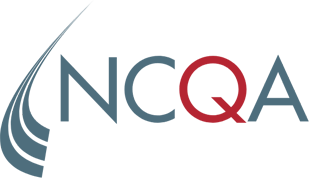Yes, a plan may apply for a new Accreditation Survey (called an Expedited Survey) in less than a year under specific circumstances, including:
The plan was denied accreditation under the Interim Evaluation Option and may reapply after three months.
The organization demonstrates to NCQAs satisfaction that the issues identified in the original survey can be corrected within a six- to nine-month time frame as a result of the organizations activity.
Correction of the issues would raise the organizations accreditation status in a new survey.
To qualify for an Expedited Survey, a plan must submit a written request listing the steps it has taken to address the substantive issues that led to its Denied Accreditation status.

